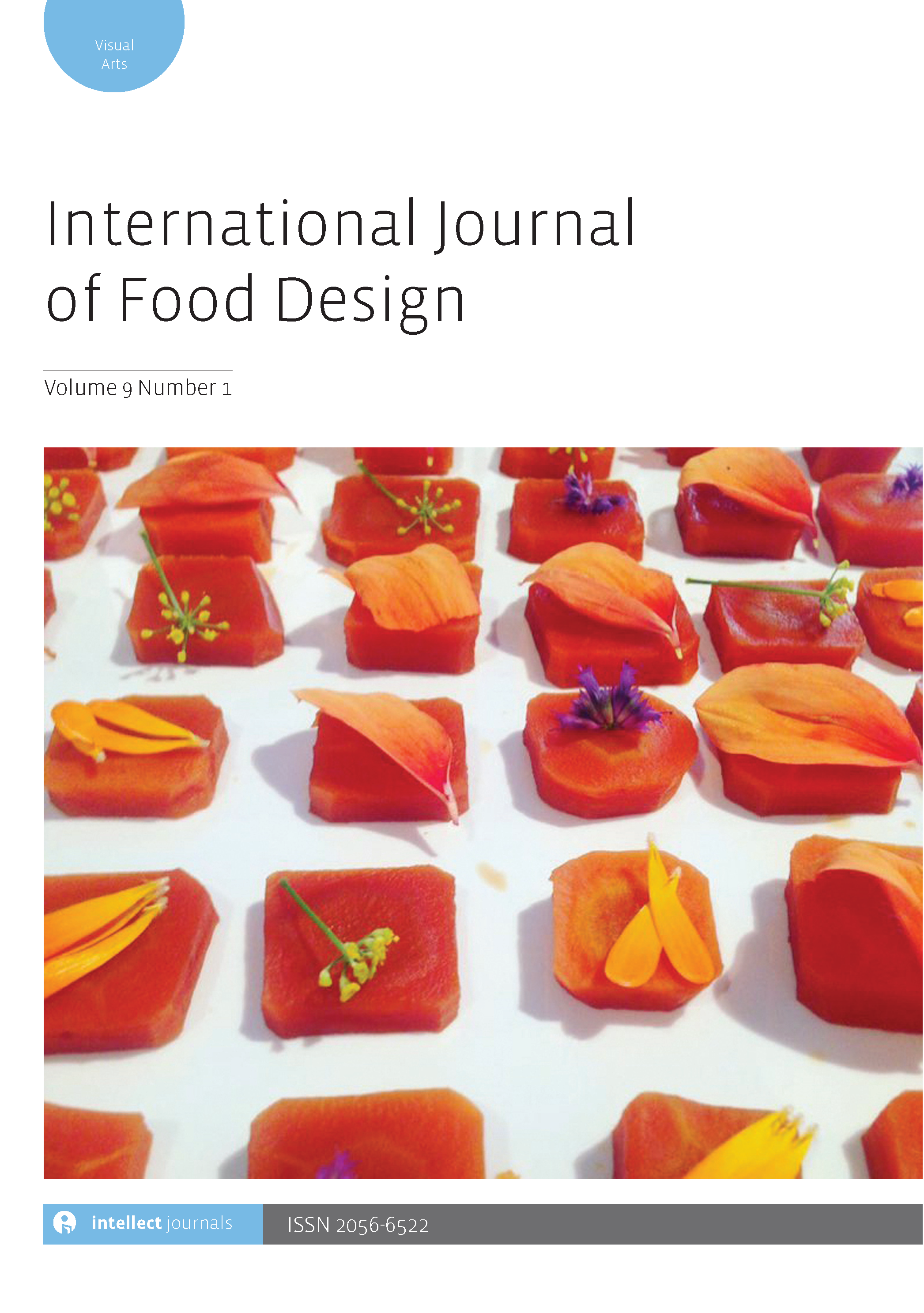-
oa Tracing multisensory food experiences on Twitter
- Source: International Journal of Food Design, Volume 6, Issue Gastrophysics, Oct 2021, p. 181 - 212
-
- 29 Jan 2021
- 20 Aug 2021
- 01 Oct 2021
Abstract
How a food, or a dish, is named and how its components and attributes are described can all influence the perception and the enjoyment of the food. Therefore, tracing patterns in food descriptions and determining their role can be of value. The aims of this study were the following: (1) to describe the multisensory food experience as represented in microblog entries concerning food and drink on Twitter, (2) to provide an overview of the changes in the above-mentioned food representations during the period 2011–20, and (3) to contribute to a broader understanding of the human–food relationship as reflected on social media – in this case Twitter – and outline its potential utility for the research field of gastrophysics. The combinations of various multisensory attributes co-occurring in a tweet (which we term ‘collocations’) found in the Twitter corpus were examined through the categories of texture, colour, taste, smell/odour, shape and sound. We mapped the collocations of the 20–25 most frequently mentioned food items and their multisensory experience pairings over time. Such time-based knowledge led to a better understanding of the multisensory experience triggers as reflected on Twitter. By analysing the multisensory experience’s frequency of occurrence, we could conclude that the category of colour is the dominant one, while textural, olfactory and auditory collocations with food are rare. In most of the cases, food tweets appear to render a food experience ‘tasty’, ‘good’ and ‘interesting’.



